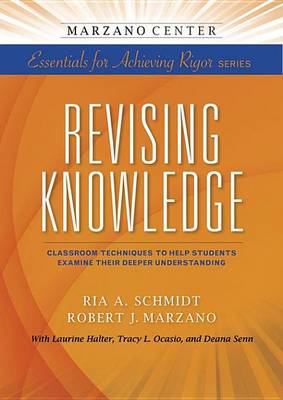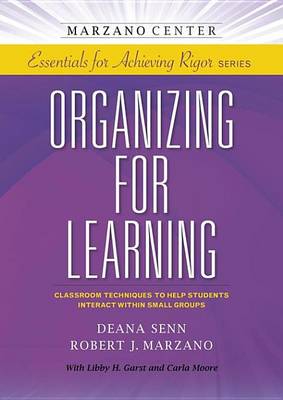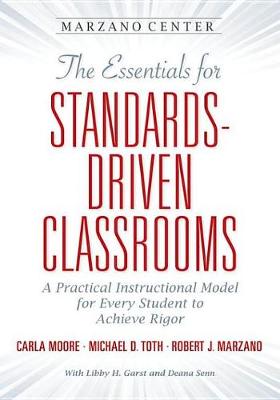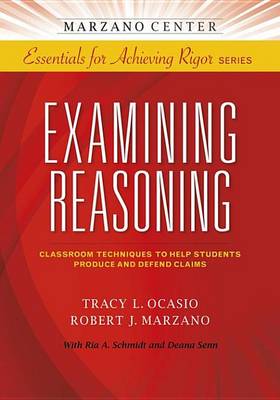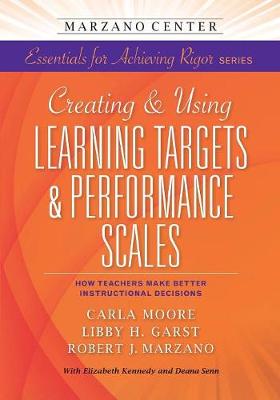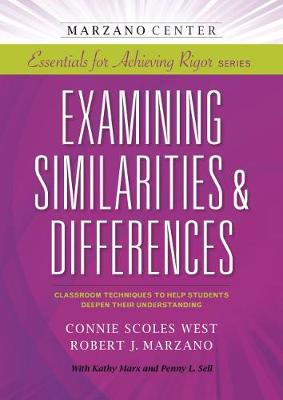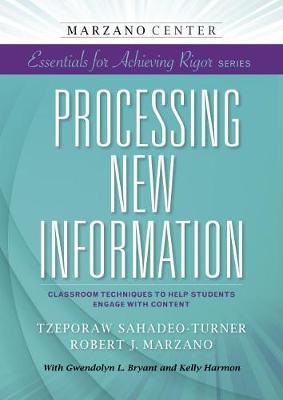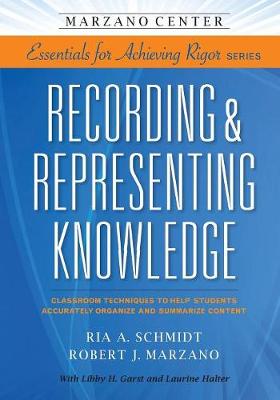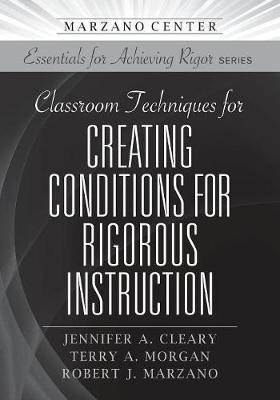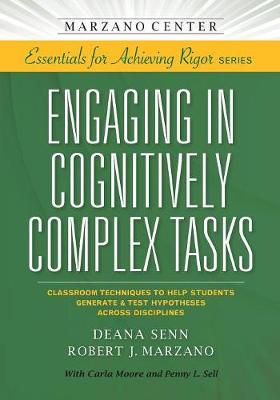Marzano Center Essentials for Achieving Rigor
11 total works
The Essentials for Standards-Driven Classrooms
by Carla Moore, Michael D Toth, and Dr Robert J Marzano
Creating & Using Learning Targets & Performance Scales
by Carla Moore, Libby H. Garst, and Robert J. Marzano
Examining Similarities & Differences
by Connie Scoles West and Robert J. Marzano
Classroom Techniques for Creating Conditions for Rigorous Instruction
by Jennifer A. Cleary, Terry A. Morgan, and Robert J. Marzano
Therein lies the practical magic of Classroom Techniques for Creating Conditions for Rigorous Instruction. It speaks to the conditions in the classroom that are required to achieve rigorous instruction, and provides teachers of all grade levels and subjects the strategies to get there, including:
- Establishing rules and procedures
- Recognizing adherence and lack of adherence to rules and procedures
- Using engagement strategies when students are not engaged
- Establishing and maintaining effective relationships
- Communicating high expectations for all students
With step-by-step activities for each of its five main strategies, the guide doesn't just provide useful information, it turns that information into actionable insights and templates for bringing solid ideas to life.
